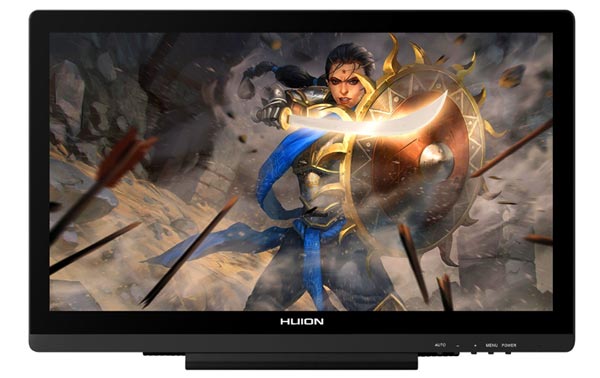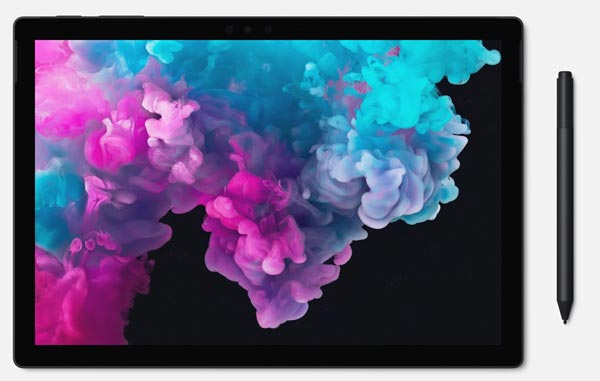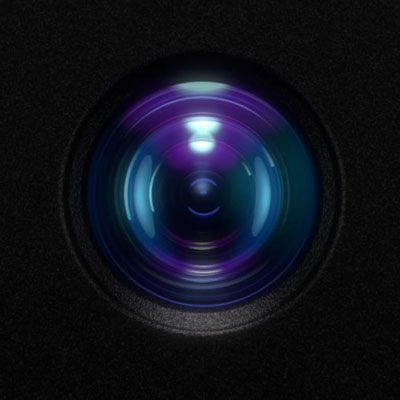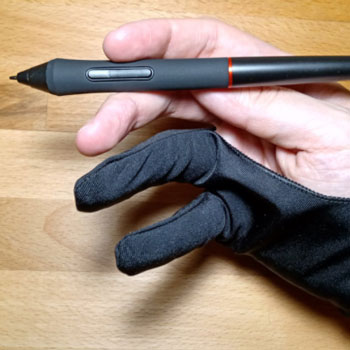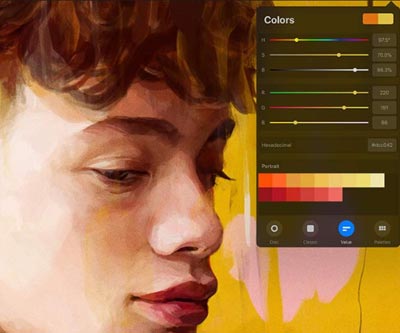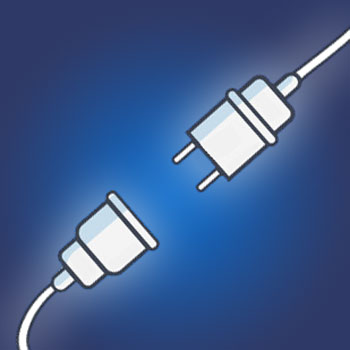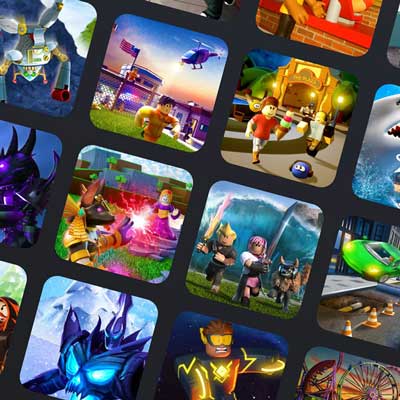
A good drawing tablet with enough resources to be used for professional work costs from U$80 to U$3000. The price range is enormous because drawing tablets come in a huge variety of shapes, sizes and contain substantially different features.
Before explaining what makes a drawing tablet good and why it’s wise to invest a little bit more in case you’re considering becoming a professional artist or designer, you should know that for those who are just getting started or are simply looking for a way to practice, there’s a lot of great budget graphics tablets out there. I have written a full post about the 10 cheapest drawing tablets in the world and you may find it helpful.
What’s the difference between a U$80 drawing tablet and a U$3000 one?
There are three factors that heavily influence a drawing tablet’s price:
Drawing area size
Presence of a Screen
Processing power
Drawing area size
The larger the tablet, the more expensive it tends to be. It’s no secret that artists and designers love to have as much space as possible to express themselves and graphics tablets manufacturers know that.
No matter if you’re a beginner or an advanced graphics tablet user, you will agree that a larger drawing board is much more comfortable to draw on and immediately increases the user-experience.
More often than not, drawing area size is the only noticeable difference between tablets of different models and even different manufacturers. For sure having a better pen (stylus), one that has more pressure sensitivity levels, is great, but is has a tiny impact on the overall drawing experience when compared to drawing area size.
Like I said before, larger drawing tablets are almost always more expensive. Sometimes it’s possible to come across exceptions, it’s possible to find some gems among the increasingly saturated graphics tablet market. As an example I always mention the Huion KAMVAS GT-191 because this tablet is way cheaper than the other with similar characteristics and it’s still an unbelievably reliable device.
(Read Huion KAMVAS GT-191 reviews on Amazon)
Presence of a screen
In the past it was only possible to buy tablets that didn’t have their own screen. Meaning you would draw on a plastic board and then need a monitor, connected to a computer, in order to see the lines you had just drawn. These tablets are still quite popular because they’re easy to carry, highly resistant to damage and substantially more affordable. However, they have an unquestionable disadvantage, the user-experience. Drawing on a plastic board doesn’t feel anywhere as good as drawing directly on the screen and seeing precisely where each stroke goes.
Take a look at this picture to see what a regular, screen-less drawing tablet looks like:
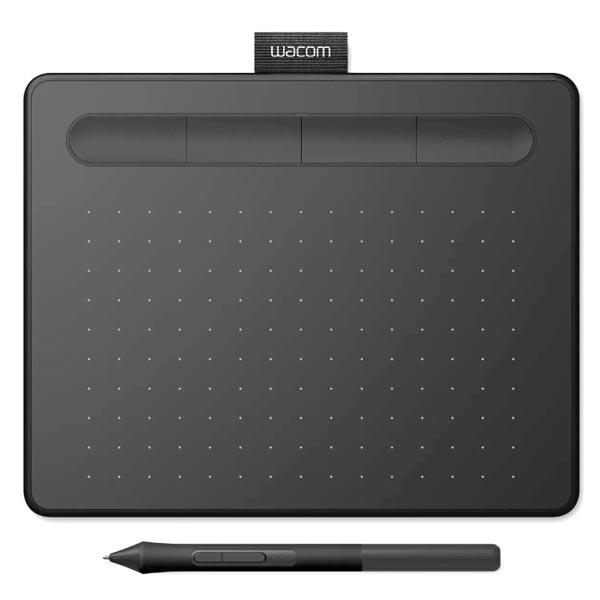
For those who take drawing/painting/designing more seriously, there are far better alternatives out there.
What are those?
Drawing tablets that have their own screen.
These days, most midsized companies will offer their employees tablets that have a screen. There’s absolutely no question about that. The reason for this is not only the artist’s comfort, but the fact that these drawing tablets significantly increase workflow speed, thus increasing productivity and consequently the profits as well.
Whenever you get the chance to choose between buying a screen-less drawing tablet and one that has its own screen, I highly suggest that you go with the one that has a screen. Once again, as of today, considering the cost-benefit, the Huion KMANVAS GT-191 is the best choice.
Processing power
For those who have a slightly larger budget, there’s an even superior kind of drawing tablet. These devices are much more than graphics tablets, they’re computers with touch-screen properties and that can also be used as drawing tablets.
At the beginning of this article I mentioned regular drawing tablets, those that are pretty much a plastic drawing board with tracking capabilities that translate pen movements into lines on a computer monitor. As I said, the biggest disadvantages of these kinds of tablets is the fact that they don’t have a screen, so you don’t get to see exactly where you’re drawing. It’s possible to overcome this with practice, but the learning curve is steep and even after you become a pro, it’s still not as comfortable as drawing directly in the screen.
After criticizing those drawing simpler drawing tablets, I talked about another type of device, those that do have their own screen. However, one thing might not have been clear: in most cases, most tablets that have their own screen still need a computer to work.
In my example I talked about the Huion KAMVAS GT-191, which is an incredible graphics tablet. That being said, this device is not independent, you still need to hook it to computer in order to use it. All the memory, processing power and storage comes from the computer to which the tablet is connected, not from the tablet itself.
What I’m trying to say is: if you want a drawing tablet to take with you wherever you go so that you can draw wherever you are, just having a screen is not enough.
What you’re actually looking for is a standalone drawing tablet.
Standalone drawing tablets contain absolutely everything you need in order to draw. You don’t have to connect them to anything. Simply install whatever software you want in them, like Adobe Photoshop or Corel Painter, and use your pen (stylus) or even fingers to draw on the screen.
These devices are the best kind of drawing tablets ever created because they go beyond being a simple peripheral asset, they are entire computers on their own. The only advantages to standalone drawing tablets is that they’re considerably more expensive.
In my opinion, the best of them is the Microsoft Surface Pro. Make sure to read a bit more about it.
(Check Microsoft Surface Pro 6 reviews on Amazon)
What makes a drawing tablet good?
Defining what a good drawing tablet is can be a little bit tricky because it depends on what you’re looking for.
If you’re still not a professional and simply want to practice, there’s no need to spend huge sums of money in a device. Go for something simple, but that has been tested and approved over the years. A good idea is the Wacom Intuos (click here to read a full post about it).
In case you already have some experience and is already working (or at least considering starting to work soon), make sure to pay attention to the Huion KAMVAS GT-191. Right now I’m completely sure that this is the best drawing tablet within its price range.
For those who can spend some more, the Microsoft Surface Pro is a great choice, not only because it’s a powerful computer, but because it’s highly portable. Being able to bring a whole design station with you no matter where you go is a luxury that few people have.
Conclusion
Only you will be able to determine which kind of drawing tablet suits your needs better.
I would only like to point out that buying a device like this should be seen as an investment. Professionals that spend their money buying extremely cheap graphics tablets will inevitably end up buying more expensive devices down the line. So, if you want to take things seriously, start the right way. Try to get a tablet that really fulfills your needs, even if it costs slightly more.
Well, this is it. I guess that now you’re more than ready to make a purchase decision. In case you still have any doubts, make sure to check the rest of the website, there’s a whole bunch of posts about drawing tablets in her: Drawing Tablet World.
Have a great week and keep on creating!
Bruno Santos

